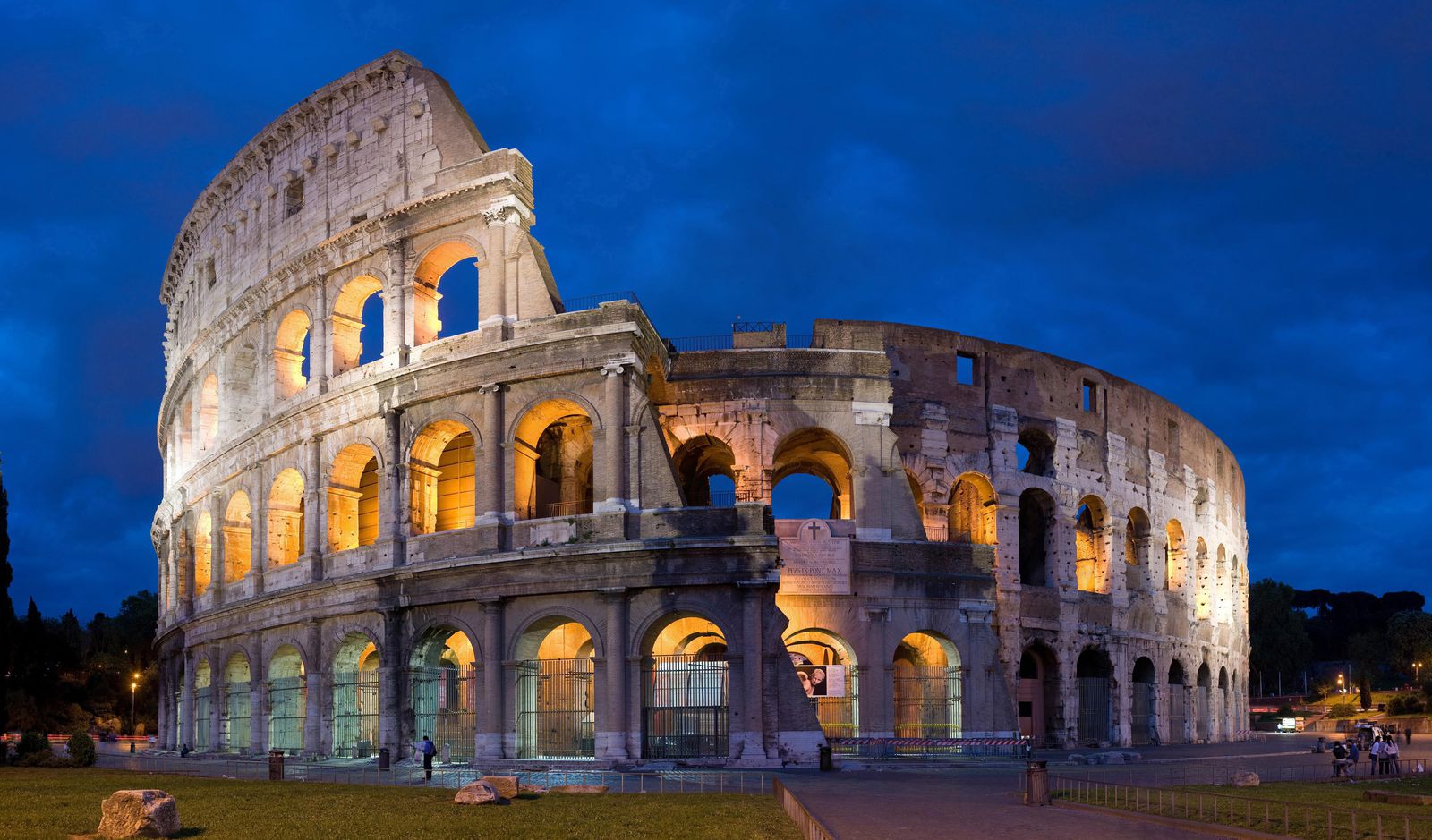A new arena floor will be added to Rome’s iconic Colosseum to give visitors an idea of how the ancient Italian structure looked when gladiators fought there.
The project “will give us back the same vision from the stage of the monument that it had in ancient times,” Colosseum director Alfonsina Russo said in a press conference.
Italian Culture Minister Dario Franceschini hailed it as an “extraordinary project,” which will allow visitors to walk on the new floor and go to the center of the Colosseum.The floor will serve as a stage for cultural events and visitors will be able to see the monument as it was until the 19th century, Franceschini added.
The former battleground of gladiators — first opened nearly 2,000 years ago, in 80 A.D. — had its arena floor removed in the 19th century by architects hoping to get a look at its subterranean passageways.
Milan Ingegneria, an Italian engineering firm, will helm the $22 million (approximately €18.5 million) project, which is set to be completed by 2023.
The project’s main aim is “the protection and conservation of pre-existing archaeological structures,” Italy’s Culture Ministry said in a press release.
“The complex underground system under the wooden pavement, thanks to hatches, hoists and mobile types of machinery, allowed men, beasts and props to be brought up to the arena floor,” Russo added.
A particular focus has been placed on sustainability with “incredibly light” and sustainable materials set to be used during construction, the ministry statement said.The building’s sustainability credentials will be further bolstered by the installation of a collection system which will use rainwater to supply the public bathrooms of the monument.
The floor’s pavement will be paved with carbon panels covered by Accoya wood. Some of the slats will rotate so as to send natural light to the undergoing structures, the statement added.The floor will have an area of 3,000 square meters (about 32,300 square feet).Massimiliano Milan, chief executive officer at Milan Ingegneria, said: “The new structure will be completely reversible. If in 30, 50, or a hundred years it will be possible to restore the monument as it is now.”





